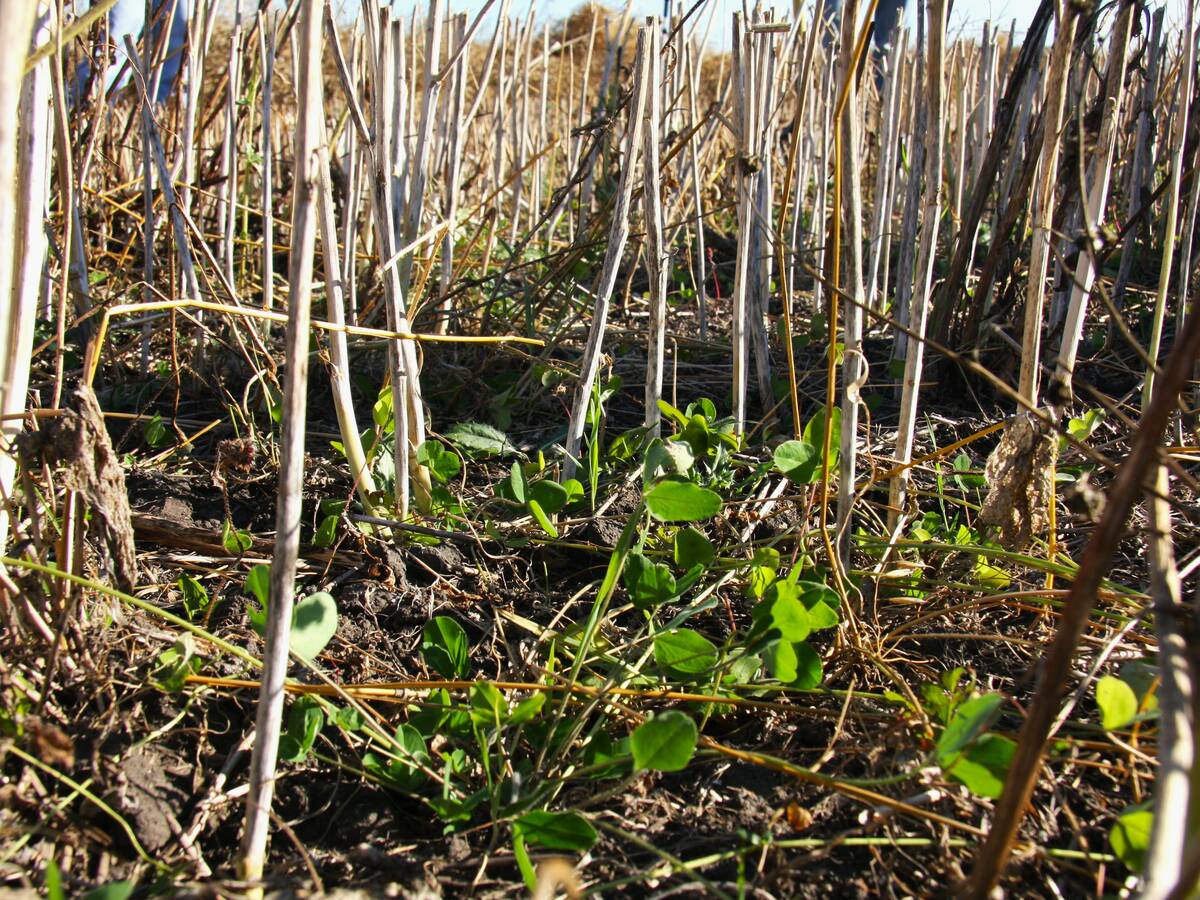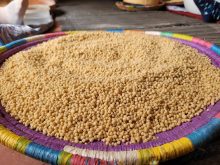Lower exports by Turkey and Russia may open doors for Canadian sales
SASKATOON — Two of Canada’s main durum market competitors have been less of a force so far in 2024-25.
“As for Turkish and Russian exports, we do confirm that they are down significantly compared to last marketing year,” Carlotta De Pasquale, market intelligence officer with Italian agri-food intelligence firm Areté, said in an email.
The European Union imported 176,000 tonnes of durum from Turkey between July 1 and Nov. 18. That compares to 561,000 tonnes for the same period a year ago. Imports from Russia have been next to nothing due to an import tax amounting to $215 per tonne. That compares to 348,000 tonnes for the first five months of last year.
Read Also

Saskatchewan project sees intercrop, cover crop benefit
An Indigenous-led Living Lab has been researching regenerative techniques is encouraging producers to consider incorporating intercrops and cover crops with their rotations.
Turkey’s global exports for July through September are down 75 percent compared to the same time last year, according to TurkStat data.
“The main reason is that Turkish prices have been rising, and the spread with European markets is not wide enough to make export convenient,” said De Pasquale.
“This is also due to the strengthening of the Turkish lira, which further disincentivizes exports by making it less convenient to sell on international markets in a foreign currency.”
Areté estimates Turkish production in 2024 reached a new record of 4.6 million tonnes. It expects the country to ship one million tonnes of the crop in 2024-25.
Russian production is pegged at 1.3 million tonnes, 500,000 tonnes of which will be exported.
De Pasquale said the slowdown in exports from Turkey and Russia leaves “ample room” for Canadian shipments to the EU.
Farmers in the EU harvested 7.21 million tonnes of durum in 2024, which is below the five-year average of 7.43 million tonnes.
The European Commission estimates that the region will import three million tonnes of the crop in 2024-25, a 20 percent increase over last year.
“But total imports as of Nov. 17 were still 70 percent below last year’s level,” she said. “Demand is therefore likely to pick up in the second part of the marketing year.”
Mercantile Consulting Venture offered a similar analysis in its weekly Wheat Market Outlook and Prices report written for the Saskatchewan Wheat Development Commission.
It noted that imports from Greece and Spain are helping Italy partially offset the reduction from Turkey and Russia.
“But some local analysts believe that Italy will need to significantly increase its import pace in the coming months,” said Mercantile.
Italy imported 27,500 tonnes of Canadian durum in August and September. Mercantile believes the country will import one million tonnes from Canada by the end of the 2024-25 crop year.
Canada has exported 1.19 million tonnes of durum to customers around the world through week 15, a 45 percent increase from last year. Agriculture Canada is forecasting a full-year export program of 4.9 million tonnes, a 38 percent increase over last year.
Mercantile said Canadian durum is benefitting from a return to normal traffic through the Panama Canal, which is how Canadian durum moves from Vancouver to markets like Italy and Algeria.
Rossella Polito, an Italian durum farmer who posts as @spiga_dorata on the X social media platform, reports that on Nov. 18, Algeria issued its first durum tender since Aug. 12. Traders report that the country purchased 350,000 to 390,000 tonnes.
The main origin was Canada, with smaller volumes from the United States and Australia, she said.
De Pasquale said the main bearish factor in the EU durum market is increased production in the main exporting nations, but that is limited by high EU import requirements and by high common wheat prices in the EU.
The main bullish factor is the possibility of an acceleration in demand later in the year, but that would make the Italian market more attractive for Turkish exporters, which could limit the bullish potential.
Contact sean.pratt@producer.com
















